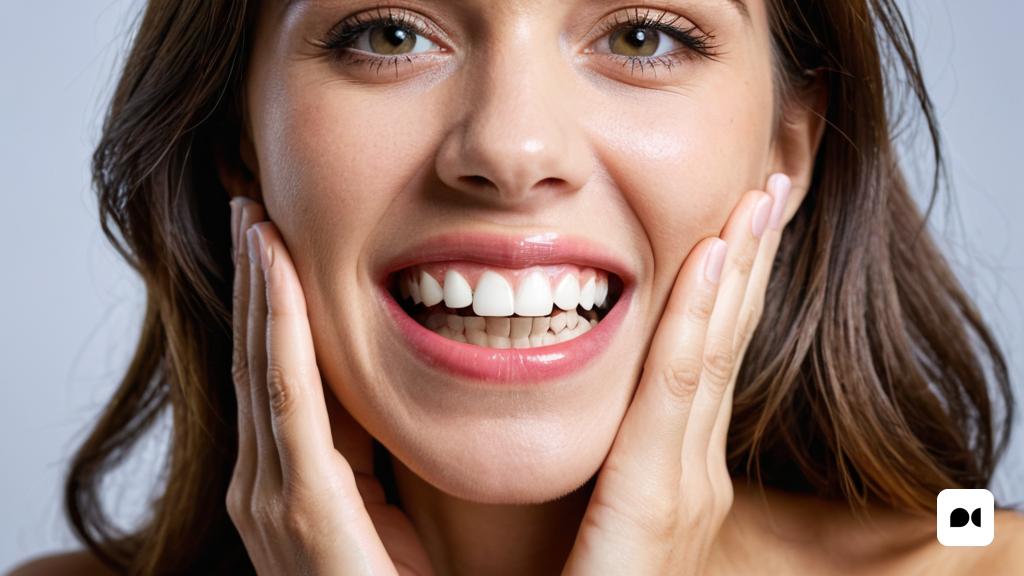An Unintentional Night Adventure
Nocturnal bruxism, a mysterious nocturnal habit, manifests itself in involuntary grinding or clenching of the teeth during sleep. This dental enigma can go unnoticed until its consequences become evident or until an expert dentist detects it during a check-up.
Exploring the Roots of Bruxism
The factors that trigger bruxism are as diverse as starry nights. Stress and anxiety, like the relentless warriors of modern life, are the main culprits. Work worries, personal conflicts, and general anxieties can manifest as a nightly battle between teeth.
Additionally, irregularities in tooth alignment, like a poorly assembled puzzle, can lead to bruxism. When the upper and lower teeth do not fit together harmoniously, the facial muscles may react by clenching or grinding the teeth to relieve tension.
Certain medications, such as antidepressants, can have side effects including bruxism. Alcohol, caffeine and tobacco, the reprieves of nightlife, have also been linked to an increase in teeth clenching and grinding activity.
In some cases, bruxism may have neurological or genetic roots, passing from parents to children as a secret legacy.
The Consequences of Bruxism: A Symphony of Destruction
The constant rubbing of your teeth at night is like a silent storm that erodes tooth enamel, increasing the risk of cavities and tooth sensitivity. Pain becomes a constant companion, a reminder of restless nights.
The gums, the guardians of the teeth, also suffer the consequences of bruxism. They retract, exposing tooth roots and increasing sensitivity. The jaw, the framework of the face, can be affected by temporomandibular disorders (TMD), causing pain and dysfunction.
The tension generated by bruxism is not limited to the mouth. It can spread like a wildfire, causing headaches, migraines, and pain in the neck and shoulders. The entire body becomes a battlefield of pain.
Uncovering the Enigma: Diagnosis and Treatment
Diagnosing bruxism is like solving a puzzle, looking at the patient’s symptoms and history. In some cases, a sleep study, a window into nighttime activity, may be necessary.
Bruxism treatment is a personalized journey, tailored to the cause and severity of the problem. Dental splints, protective shields at night, prevent contact between teeth and prevent wear.
Lifestyle changes, such as reducing stimulant use, practicing relaxation techniques, and improving sleep hygiene, can relieve bruxism. Physical therapy, with its specific exercises and massages, helps release tension in facial muscles.
In cases where stress and anxiety are the main culprit, psychological therapy offers a safe haven to address the emotional roots of bruxism.
Conclusion: A Call to Action
Nocturnal bruxism is a dental conundrum that can have hidden consequences for dental and general health. Identifying and treating underlying causes is crucial to preventing dental damage and improving quality of life. If you suspect that you suffer from bruxism, do not hesitate to consult a dentist or doctor. Together, you can decipher the riddle and restore harmony to your mouth and beyond.

